Thanks for stopping by and checking out the Make, Take & Teach Activity Pack for Phonemic Awareness. The activities contained in this pack are ideal for use within your targeted small group intervention. If your school uses the DIBELS Next as a universal screening assessment, the activities align with the Initial Sound Fluency and Phoneme Segmentation Fluency assessments. We know that children learn best with a hands-on approach to teaching. These activities are hands-on activities which means that you’ll have to gather some materials to assemble several of the games. When you download the Response to Intervention- Phonemic Awareness Activity Pack from my Teachers Pay Teachers store you’ll receive the following activities in the downloadable pdf.
A 19 page teaching manual is included in this activity pack. For each activity, the materials required is listed. Specific teaching instructions makes the activities ideal for either teacher or para-professional led intervention groups. An appendix containing a list of 2-, 3-, 4- and 5-phoneme words is included.
The activities progress in difficulty and ideas for differentiation and levels of support are provided. The first activity is Beginning Sound Sorting. There are 100 colorful pictures beginning with 25 letters of the alphabet (x not included). You can easily differentiate this activity by limiting the number of letters to be sorted or by decreasing the amount of emphasis placed on the first sound as the picture is named.
You will receive 10 different Bingo Chip Beginning Sound templates when you download the activity pack. Students place a magnetic bingo chip on the picture that begins with the sound you provided. Using the magnetic wand to gather the chips adds a little novelty to the activity.
25 Sound Matching cards are included in the Phonemic Awareness Activity Pack. Students place a magnetic chip on the pictures that begin with the given letter. Again, swiping the cards with the magnetic wand adds a touch of fun.
The Odd One Out activity requires your students to find the picture with the sound which is different when given three words. There are 16 Odd One Out templates.
Students LOVE Doggie, Where’s My Bone and Doggie Sound Switch. When playing Doggie, Where’s My Bone, you provide the students with a 3-phoneme word (use the list in the appendix) and a sound in the word (“cat” /a/). Your students place the bone on either the head to indicate that the sound is in the initial word position, the body to indicate that the sound is in the medial word position or the tail to indicate that the sound is in the final position of the word. Doggie Sound Switch addresses the higher level phonemic awareness skill of phoneme substitution.
Race Car Blending is an all-time favorite with both boys and girls alike. Students say the sounds of the words while moving their race cars over the letters. Repeat several times going faster each time and the sounds are blended into words. You’ll receive 16 race car tracks when you download this file.
The Breaking Up Words activity is one of my favorite activities for introducing the concept of phoneme segmentation. 20 Breaking Up Words cards are provided within this file. Each pictured word has dots with a 1-to-1 correspondence.
37 colorful 2-, 3- and 4-phoneme pictured words are included in the How Many Sounds activity. Students name the picture and then places the picture in correct numbered envelope.
The Say It-Move It activity is a great activity for practicing phoneme segmentation. This activity is a little more difficult as there is not a 1-to-1 correspondence between the items and sounds in the word. For this activity, you say a word (again, using the list provided) and the student moves a chip for each sound in the word.
Sometimes you just have to add a little movement into your activities. For the Ball Toss Segmenting activity, students toss a foam ball into the air for each sound in a given word. Balls can be purchased at any dollar store.
Squaring Up is another activity which does not include a 1-to-1 correspondence between the sounds and the squares. Students name the picture and move a tile for each sound heard in the word.
The Bead Slide is my all-time favorite tool when teaching phoneme segmentation. For this activity, you say a word and the students move a bead for each sound heard in the word.
The skill of Phoneme Deletion is one of the higher level phonemic awareness skills. Students find the matching pairs (lamb-clam) in this classic game of memory.
What’s the Scoop? is another activity designed to focus on the skill of phoneme deletion. Students take turns choosing ice cream scoops and trying to match the scoops to their cones.
When you download the Phonemic Awareness Activity Pack from my TpT online store, you’ll receive 68 pages of printables for assembling the activities. Most items are common items that you are likely to already have within your classroom or can be purchased at a dollar store. If you’d like, I’ve done the shopping and printing for you! When you order the Phonemic Awareness Activity Kit, all the printables (many printed in triplicate for use with numerous students) and materials to assemble the activities are delivered to your front door in this sturdy Sterilite Container. The activities are printed in color using 90 lb cardstock.
The Make, Take & Teach Phonemic Awareness Kit can be purchased through my TpT store. School purchase orders gladly accepted.
The Phonemic Awareness Kit is also available for parents! The parent kit contains 10 activities designed for use with one child.
Click HERE to order the kit from the Make, Take & Teach website.
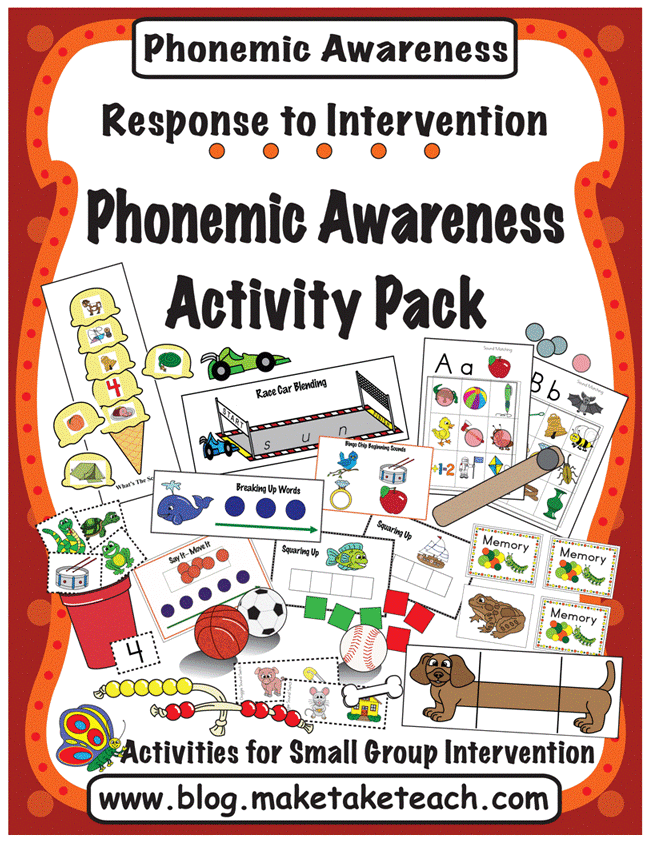
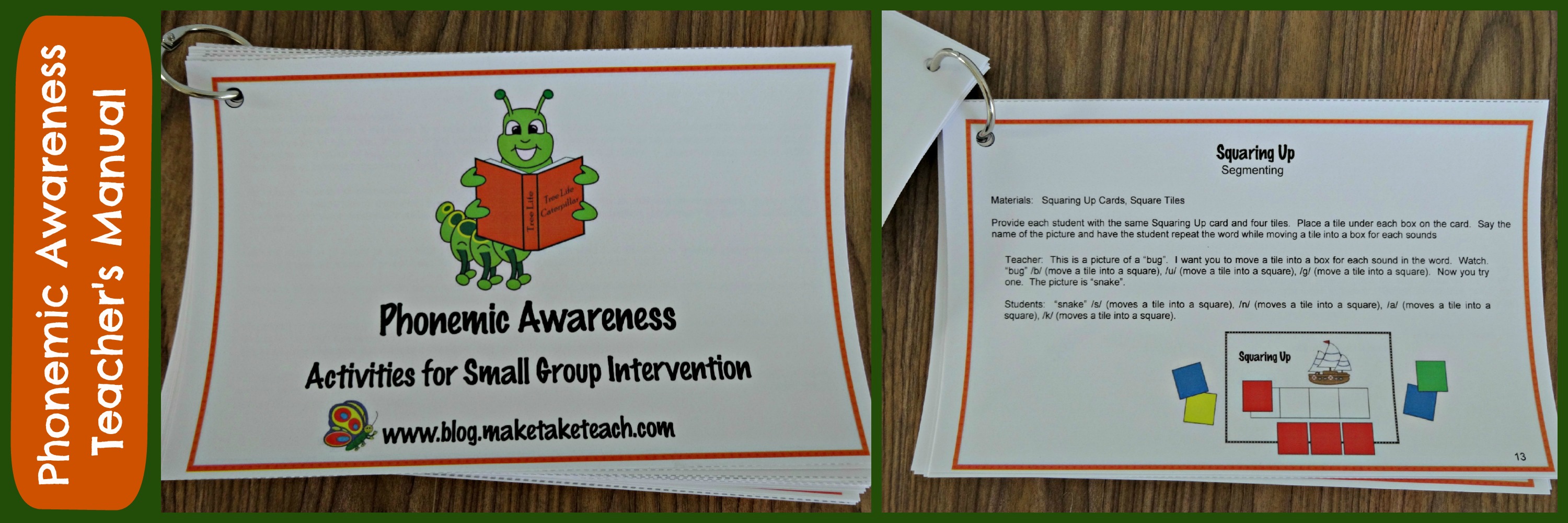

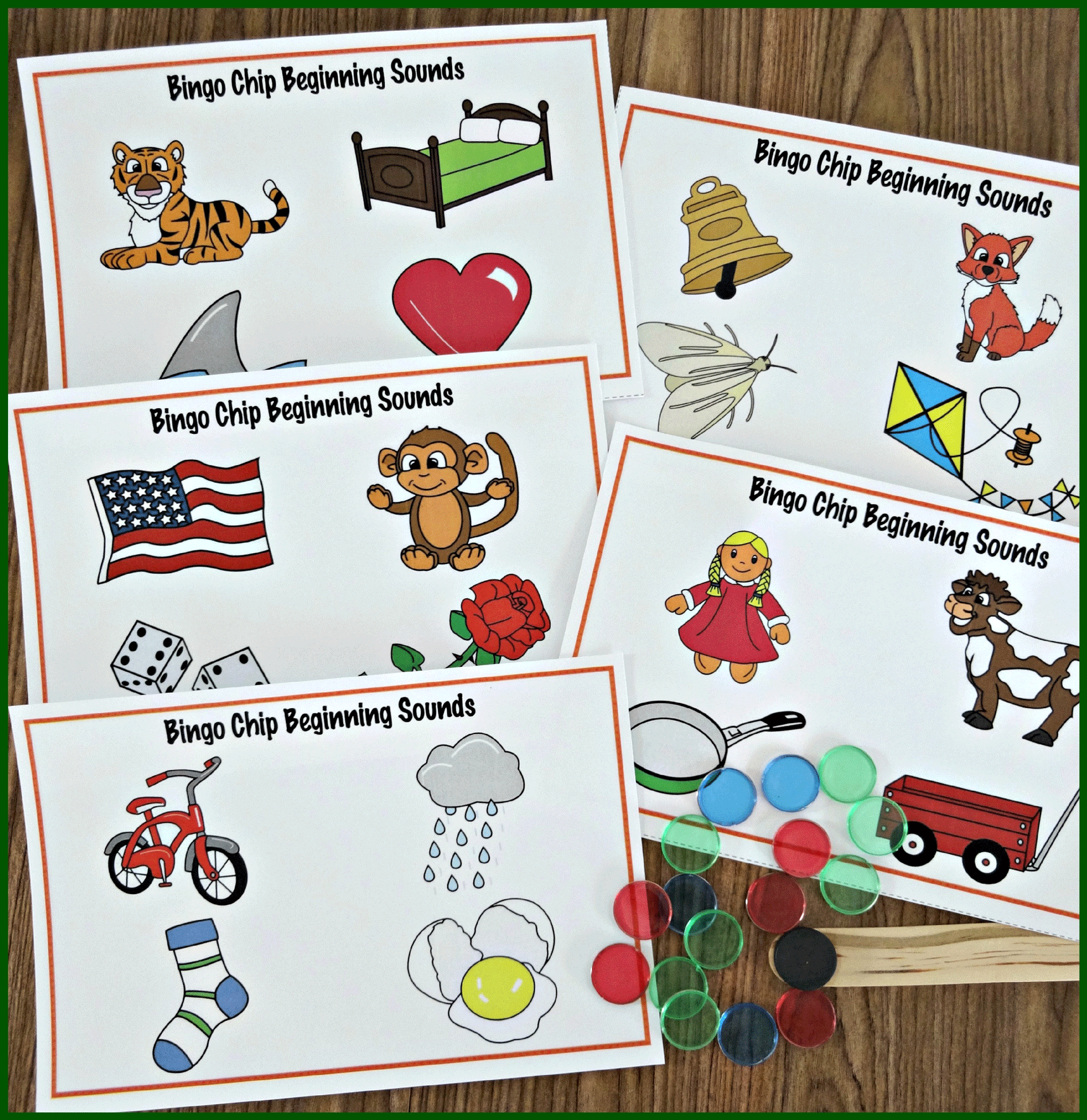
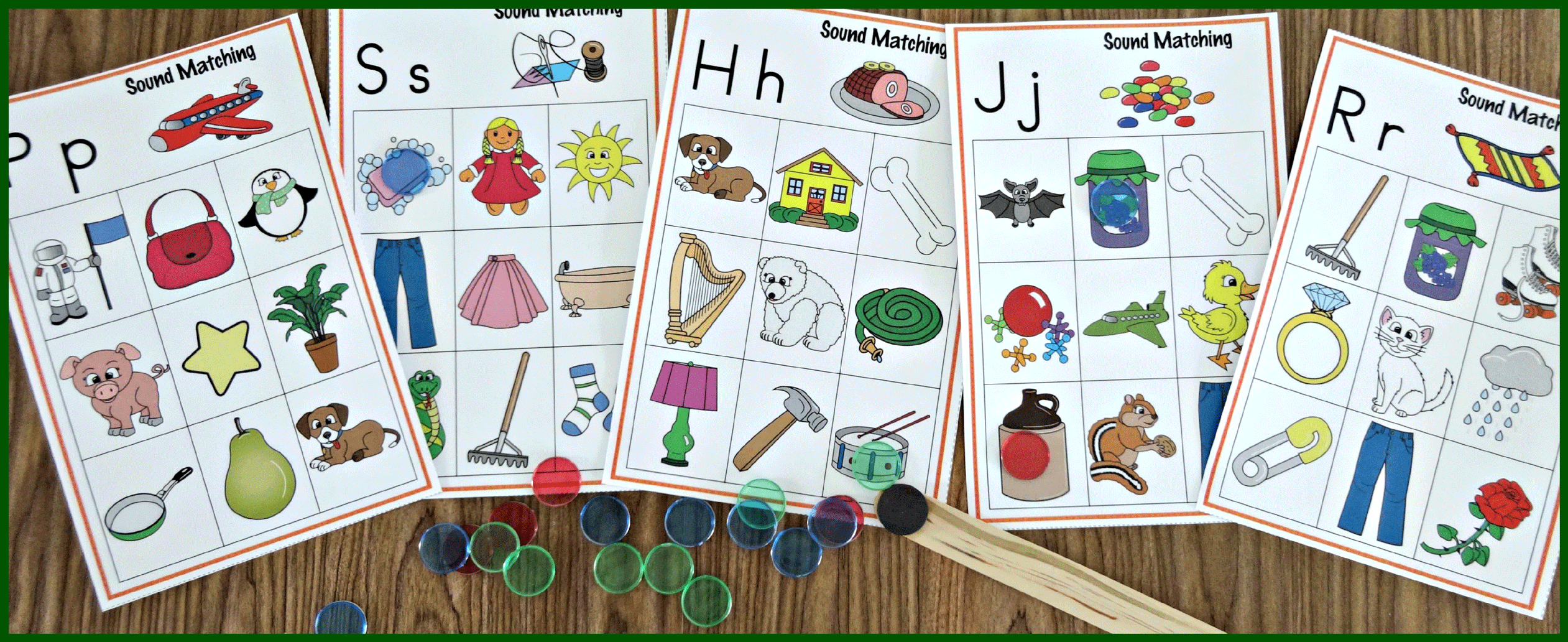
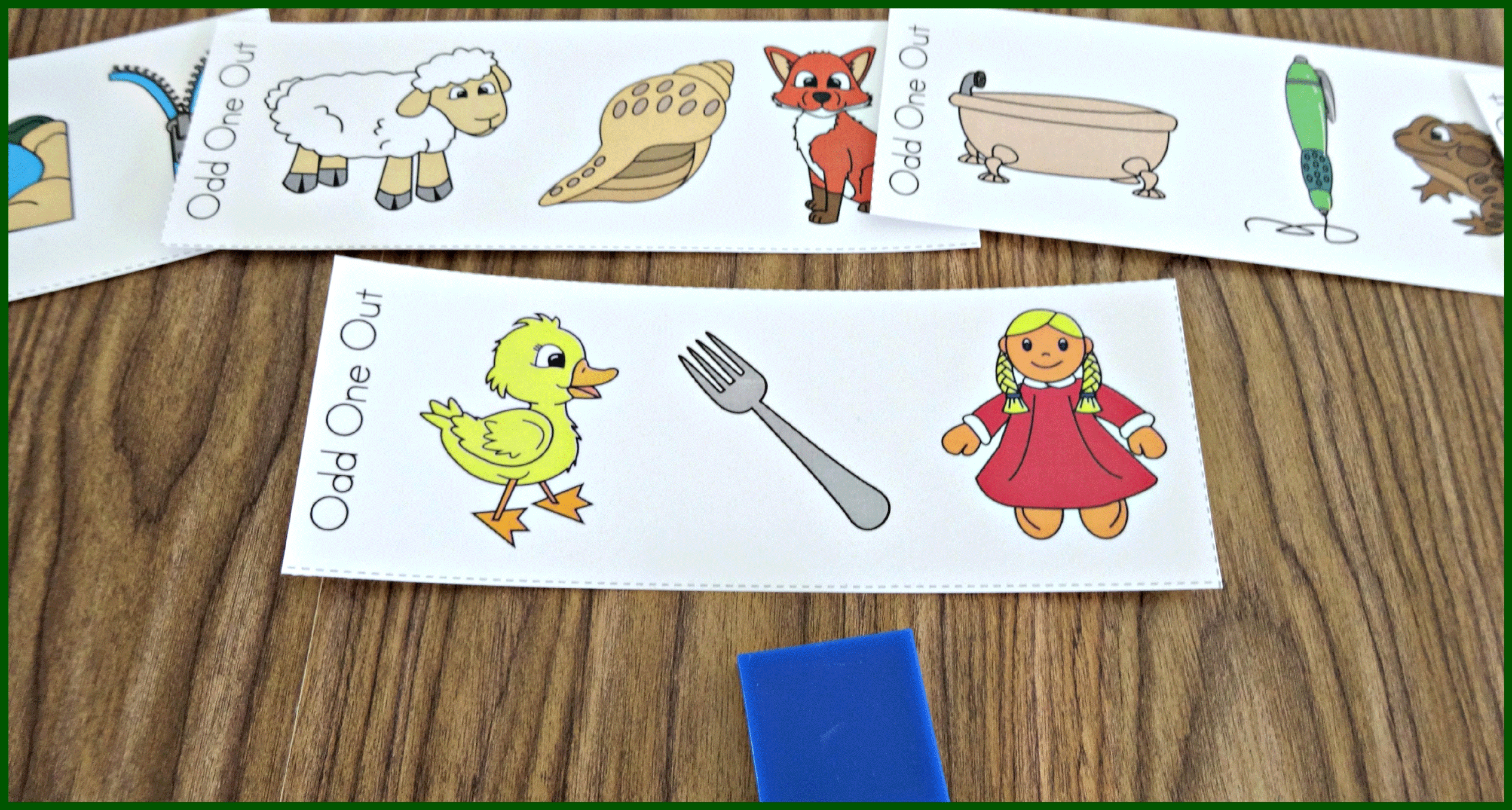
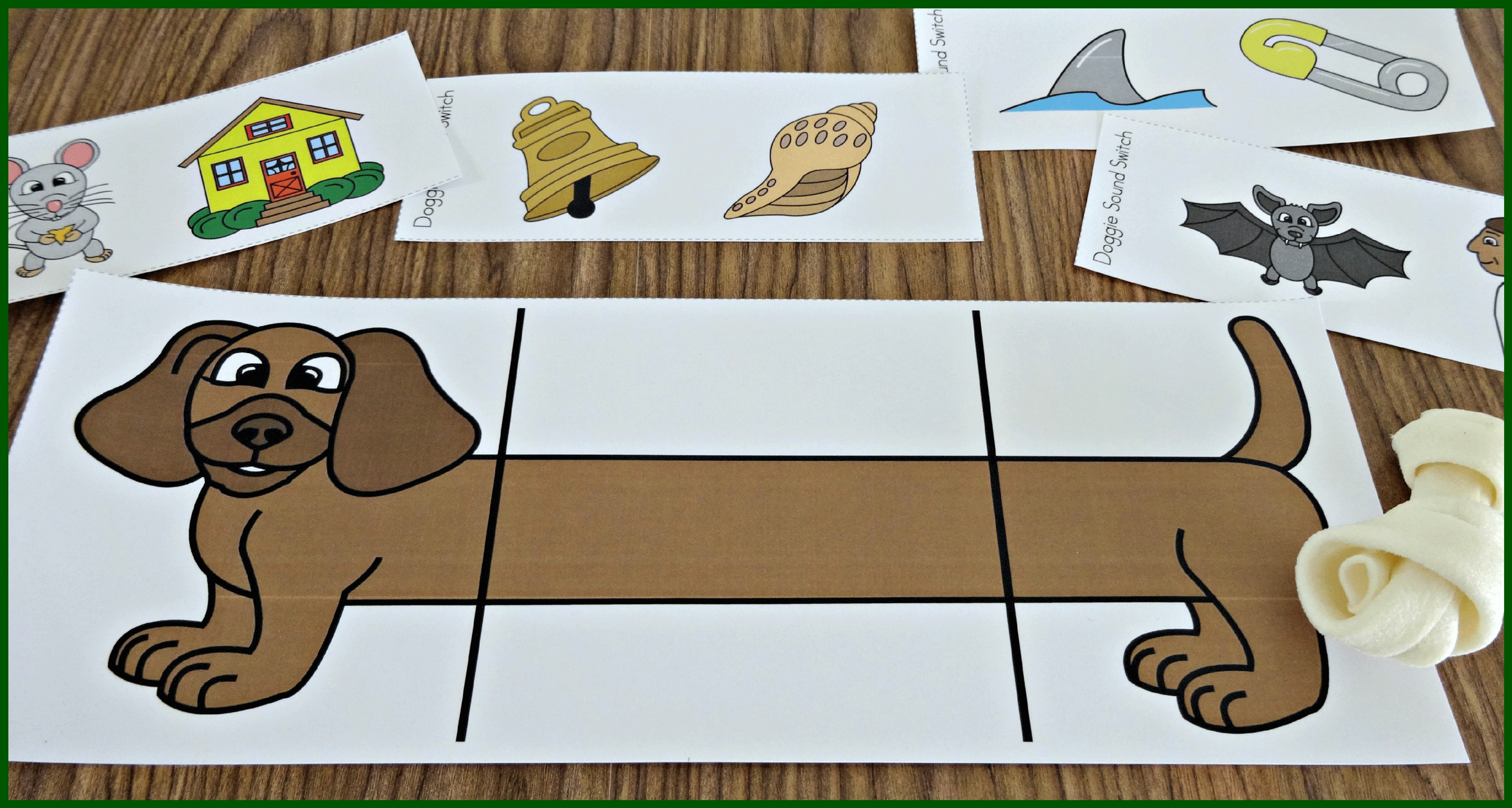
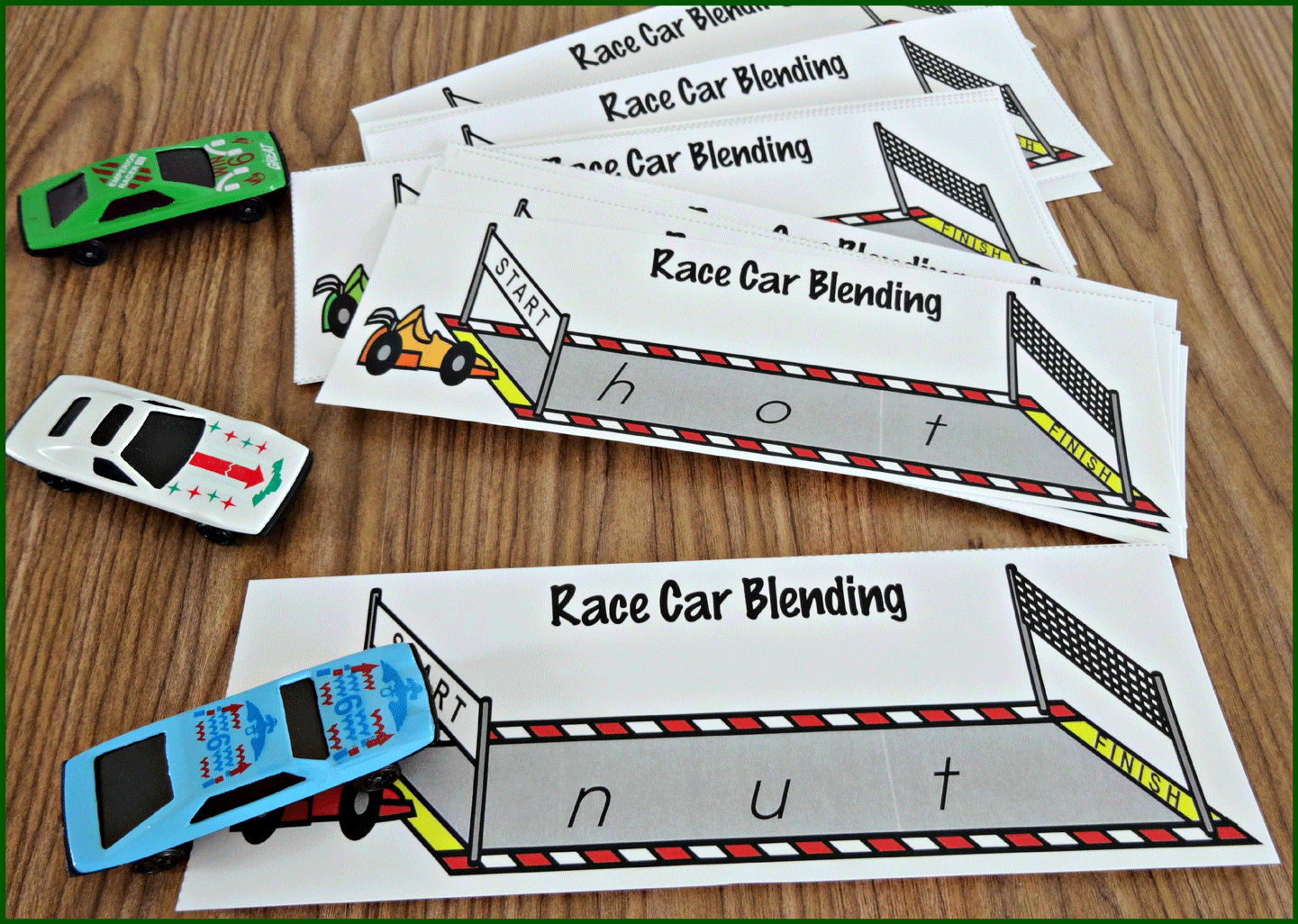
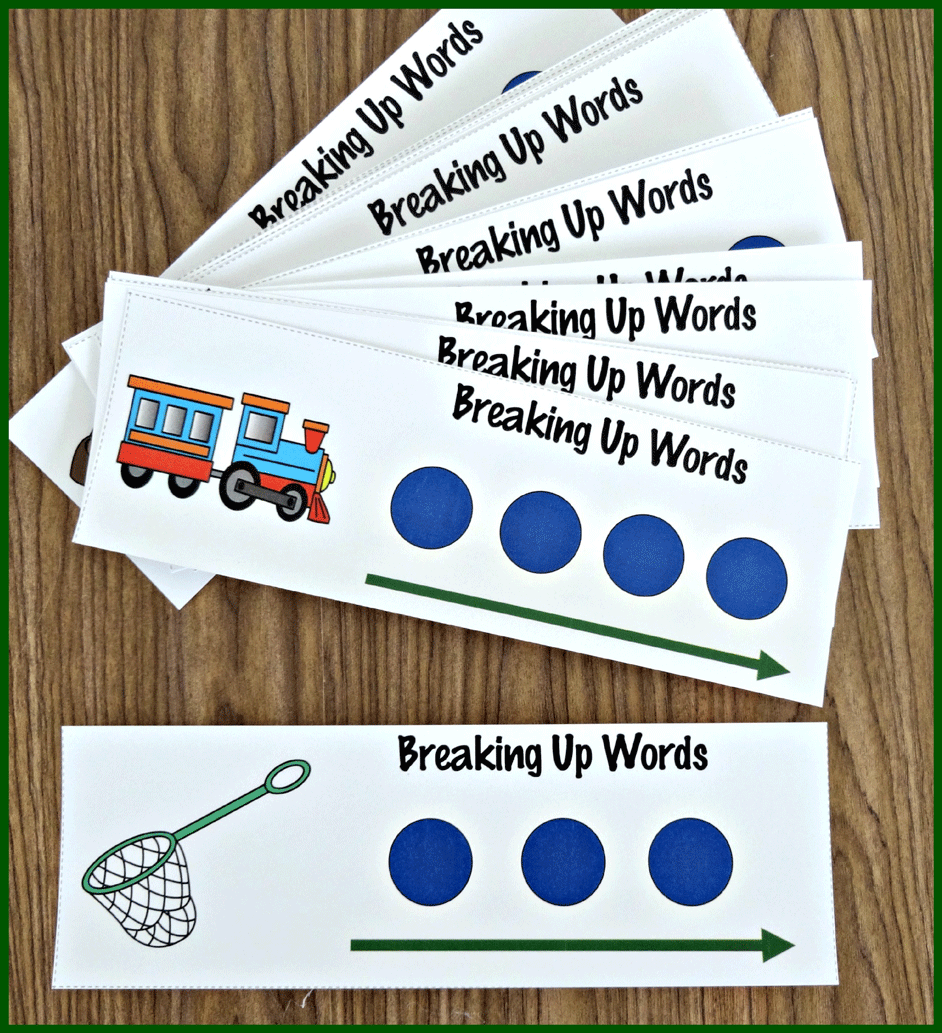
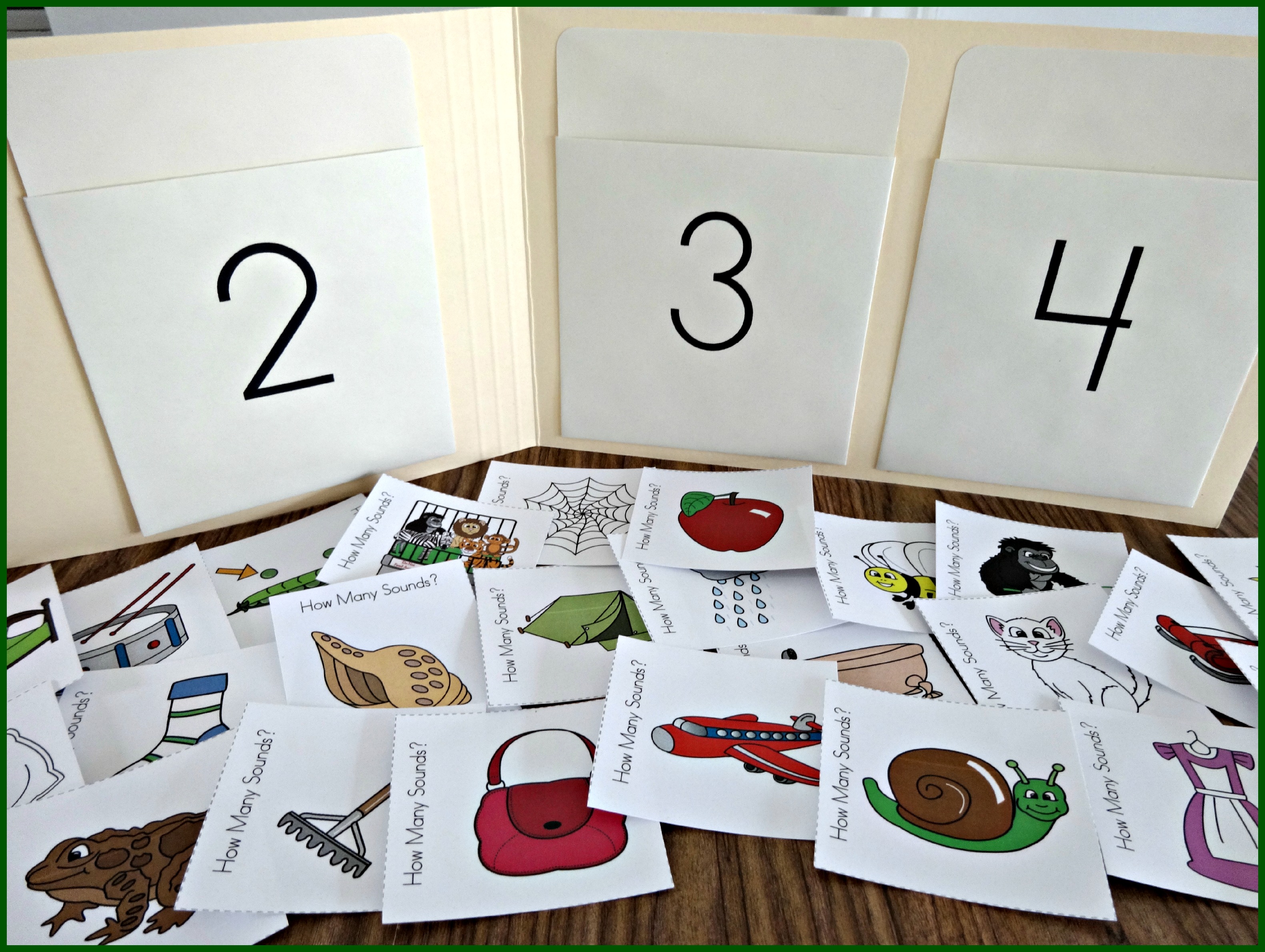
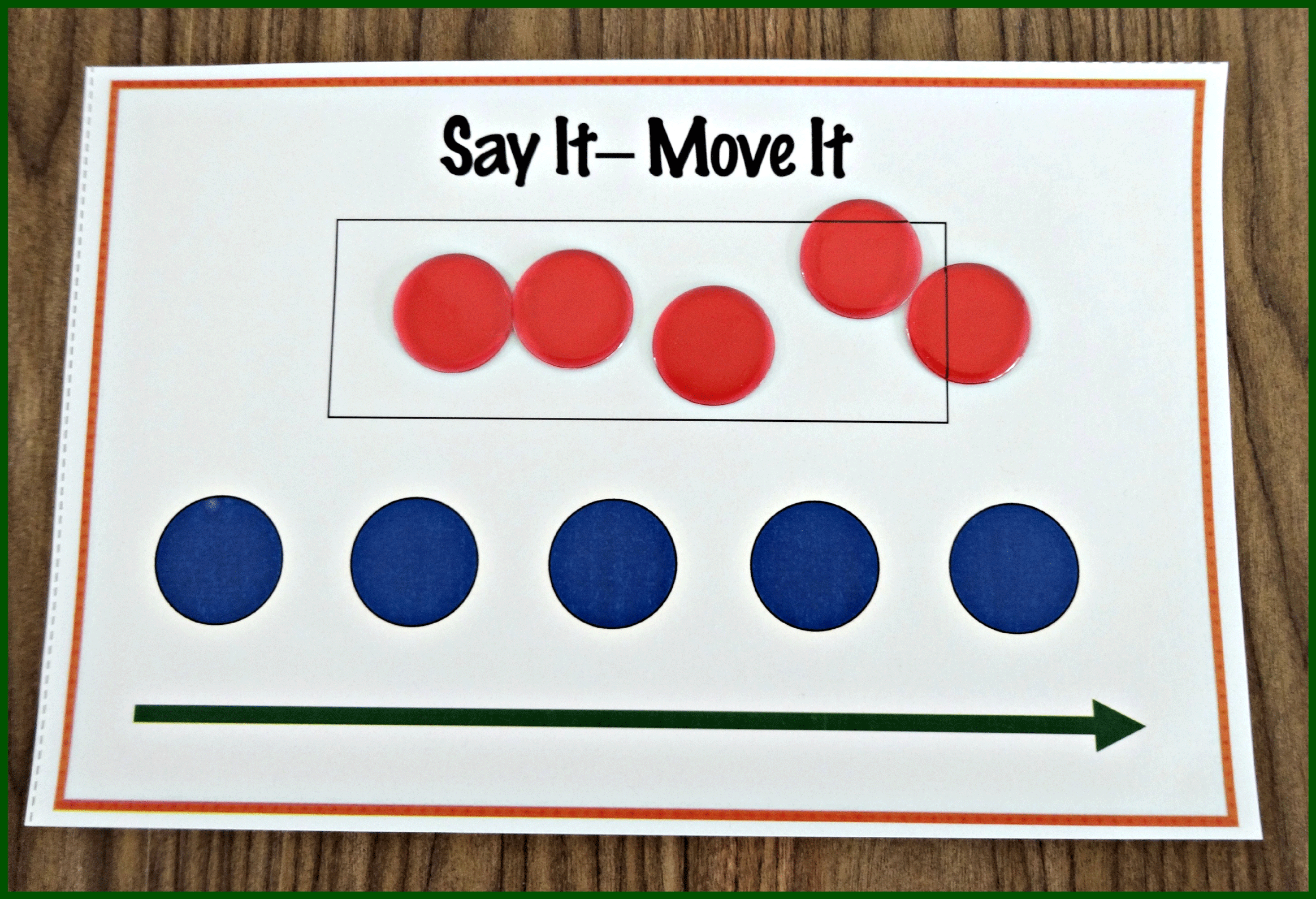

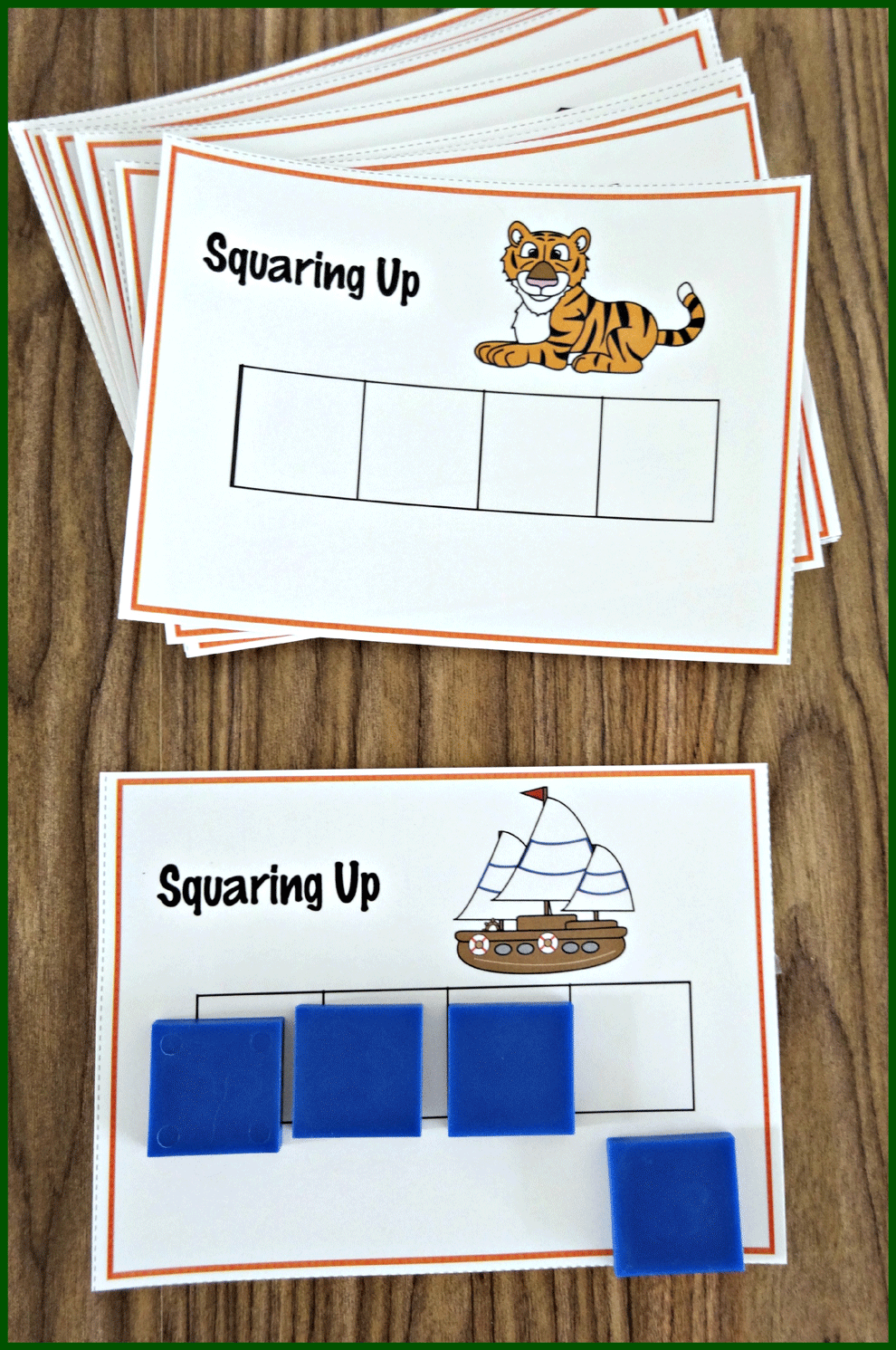
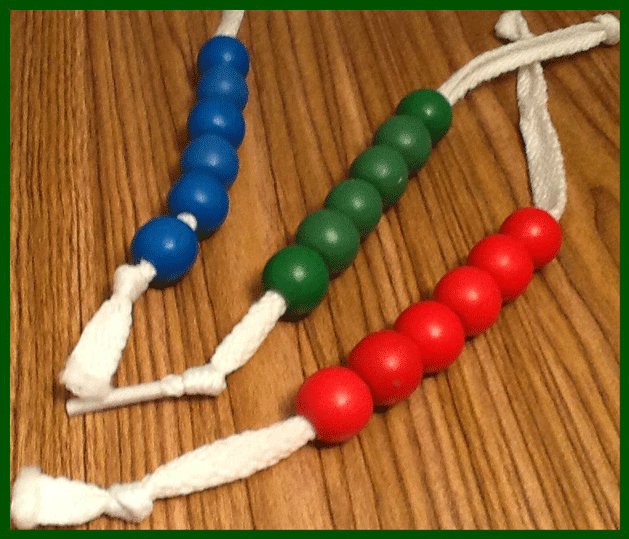
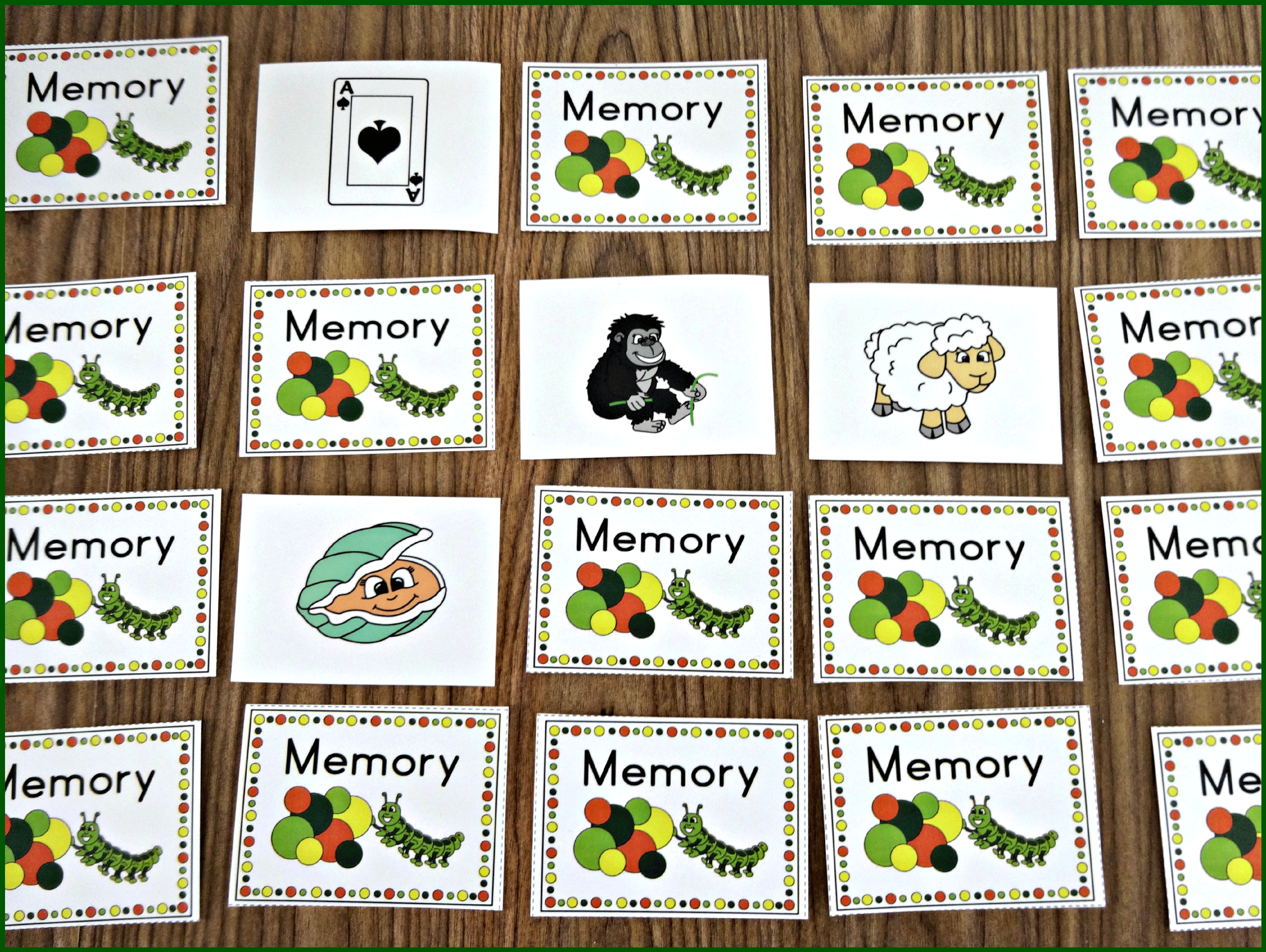
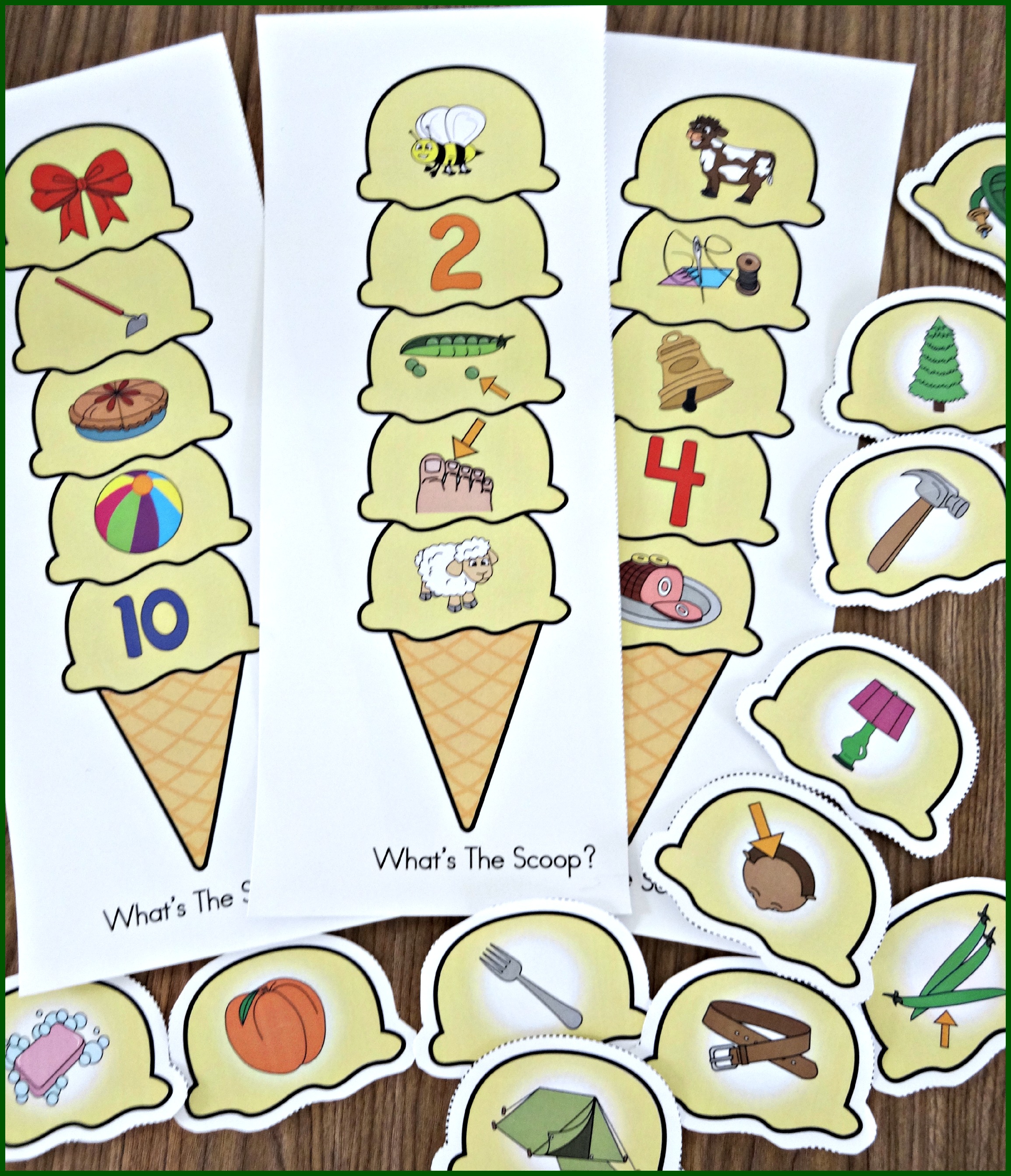
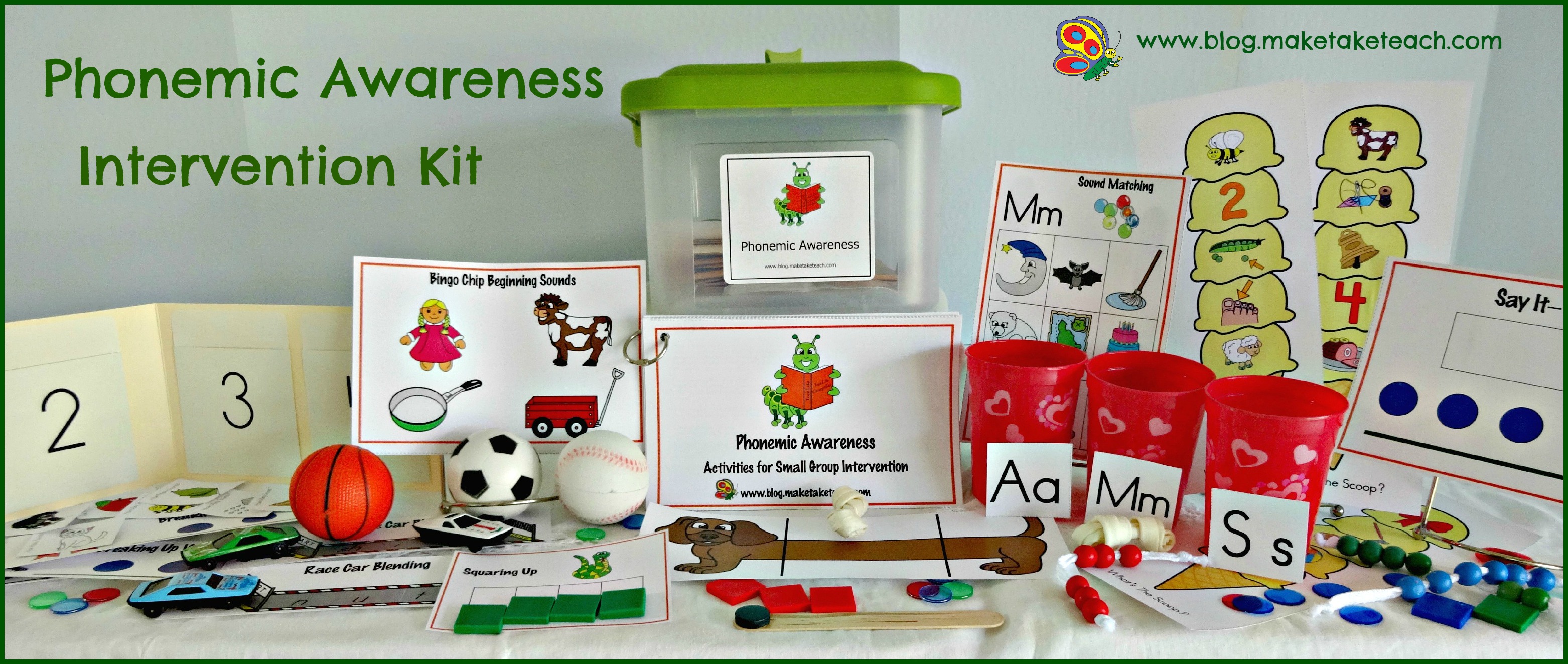
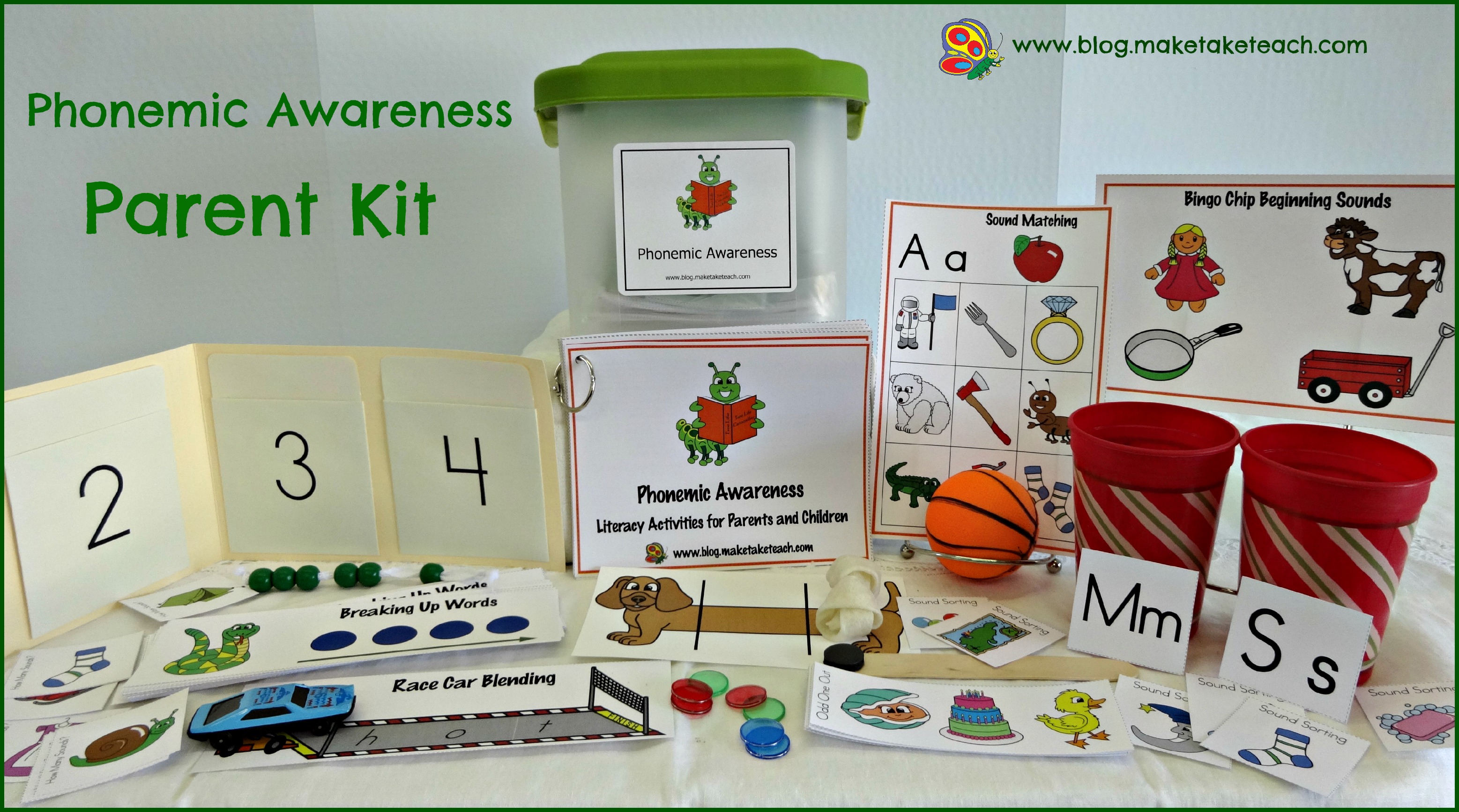

Where can I get the magnetic bingo chips and wand?
You can often find magnetic bingo chips at Walmart in the party section. I order mine online from a bingo supply company. You can purchase bingo wands, but I glue a button magnet on the end of a large craft stick for my wand. That way I can make tons of them so everyone can have their own. Julie